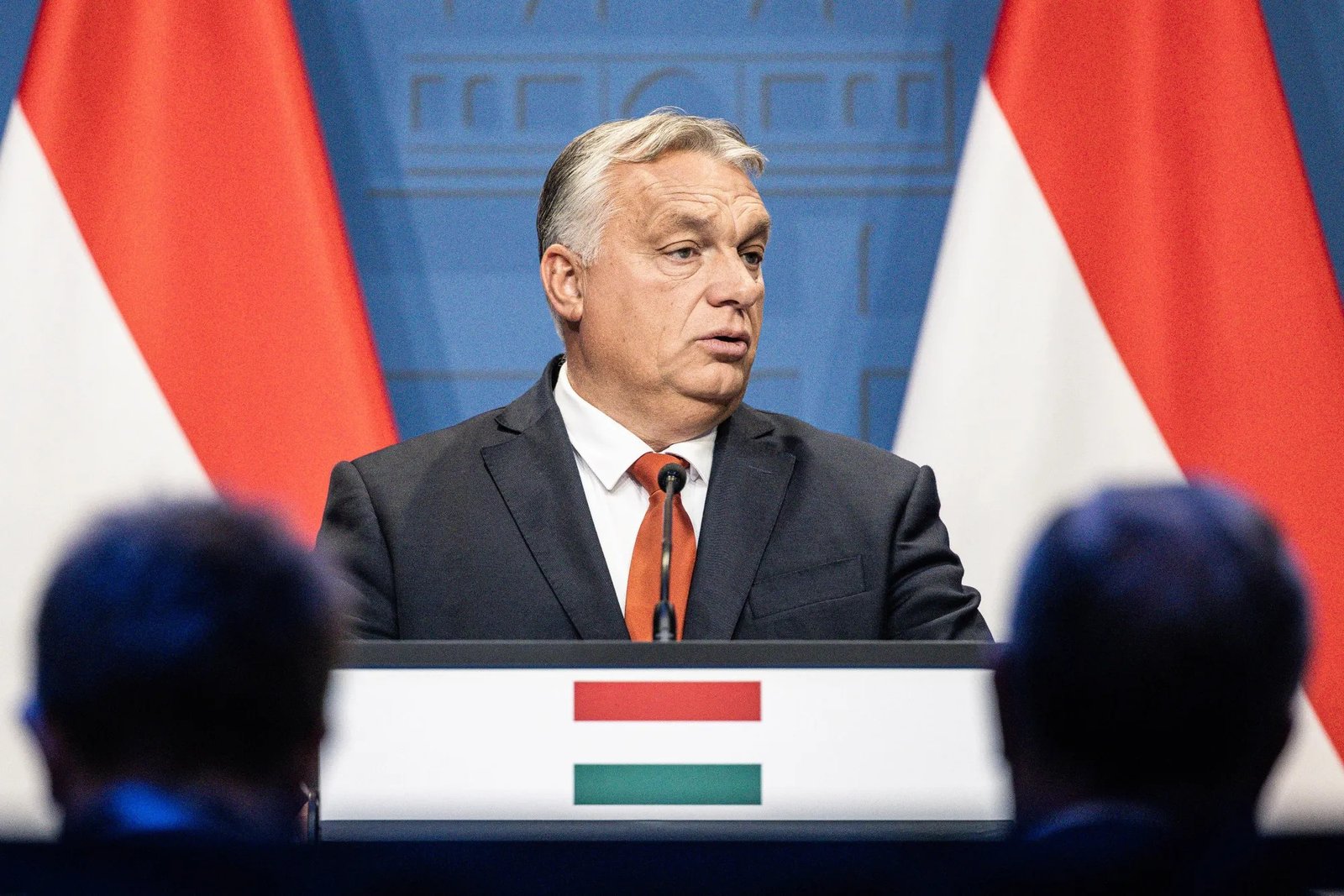
- Sociocultural Overhaul: Trump is executing a deliberate sociocultural shift aimed at dismantling liberal norms, reasserting traditional values, and institutionalizing populist anti-elitism—transforming immigration, DEI, education, and religion’s role in public life.
- Economic Redirection: Beyond conventional tax cuts and deregulation, Trump’s economic policy centers on deconstructing the regulatory state and promoting domestic manufacturing, often using tariffs as both economic levers and geopolitical weapons.
- Executive Supremacy: Trump envisions a super-presidentialist system where the White House dominates the judiciary, civil service, and oversight bodies—undermining checks and balances while centralizing unprecedented political power.
- Transactional Foreign Policy: “America First” has evolved into a sharp departure from U.S. global leadership—marked by reduced security guarantees, ideological alliances with global right-wing populists, and a coercive, deal-making posture toward allies and adversaries alike.
As President Donald Trump embarks on his second term, the velocity of policy shifts emerging from Washington has alarmed, confused, and polarized observers across the Atlantic. Many transatlantic analysts continue to frame these developments as a chaotic string of norm-violating actions driven by a capricious leader. This interpretation is both politically expedient and analytically incomplete.
For international audiences—especially policymakers, think tank leaders, and CEOs monitoring geopolitical risk—it is essential to understand that beneath the seeming disarray lies a coherent ideological framework. Trumpism 2.0 is not merely a return to power; it is a radical reimagining of America’s domestic order and its role in the global system.
Trump’s second-term agenda can be dissected into four interlocking projects: sociocultural, economic, political, and foreign policy. Together, these initiatives constitute a sweeping attempt to reconfigure the United States as a deeply conservative, economically self-centered, politically centralized, and geopolitically transactional actor. For allies, adversaries, and institutions abroad, this represents a paradigm shift—not a policy cycle.
A Sociocultural Reordering
At its core, Trump’s sociocultural project is a frontal assault on the liberal-progressive consensus that has undergirded U.S. domestic policy for decades. This is not simply about reversing the achievements of the Biden administration but about dismantling the entire post-1960s social compact. I
n policy terms, this is reflected in aggressive crackdowns on immigration, the obliteration of DEI (diversity, equity, inclusion) frameworks across public and private sectors, and efforts to inject religious values—specifically Christian orthodoxy—into the public sphere.
This campaign extends beyond traditional Republican social conservatism. It is infused with populist anti-elitism, manifested most viscerally in Trump’s campaign against elite academic institutions. This ideological thrust has implications for the transatlantic educational ecosystem, as American academia historically plays a soft power role in shaping global elite thought. By undermining these institutions, Trump is severing a cultural artery that once helped integrate the U.S. and its allies.
An Economic Vision of Autarkic Capitalism
Trump’s economic agenda mixes conventional supply-side conservatism with a neo-mercantilist focus on manufacturing and energy dominance. Deregulation, tax cuts, and fossil fuel expansion remain central pillars. However, what distinguishes this iteration from past Republican playbooks is the magnitude and ambition of institutional dismantlement. Regulatory bodies are being hollowed out, climate commitments reversed, and key federal agencies politicized or privatized.
Notably, the administration’s use of tariffs and industrial policy to reshore manufacturing represents a tectonic shift in U.S. economic orthodoxy. This push—largely antagonistic toward free trade agreements—signals to U.S. allies that economic cooperation is no longer guaranteed by shared liberal values, but subject to a raw transactional calculus. The global investment community must account for this rising unpredictability in U.S. economic diplomacy, particularly in sectors like semiconductors, energy, and defense procurement.
Additionally, Trump’s open embrace of financial self-dealing—whether through crypto-centric reward systems or targeted regulatory exemptions for allies—raises red flags about the future integrity of American capitalism. If this model proliferates, it risks normalizing a patronage economy that destabilizes international norms of transparency and fiduciary responsibility.
Toward a Super-Presidentialist Regime
Trump’s political project is perhaps the most structurally dangerous, as it seeks to reconfigure the U.S. constitutional order in practice, if not yet in law. Through expanded control over federal agencies, manipulation of civil service rules, and the erosion of judicial and congressional constraints, the Trump administration is constructing what can be described as a soft autocracy. While retaining the appearance of democratic institutions, it guts their operational independence.
For European and UK partners, this portends a weakening of intergovernmental collaboration. U.S. bureaucracies that once provided institutional memory and predictability in diplomacy, trade, and security are now being politicized or rendered impotent. For think tanks and institutions relying on robust transatlantic cooperation, the United States may become an increasingly unreliable interlocutor.
This restructuring also includes federal encroachment on states’ rights, particularly on issues like immigration enforcement and education policy. Such centralization, under a president intent on asserting unchecked authority, may catalyze constitutional crises with broader implications for U.S. stability and global leadership.
America First—Redux and Rewired
Nowhere is the administration’s philosophical clarity more evident than in its foreign policy. Trump’s second term marks a definitive break from the post-World War II consensus that positioned the U.S. as the steward of a liberal international order. The new doctrine is unapologetically transactional, defined by coercion over cooperation, bilateralism over multilateralism, and nationalist realism over democratic idealism.
Strategic retrenchment is a cornerstone: scaling back NATO commitments, seeking to end support for Ukraine, negotiating narrowly defined deals with Iran, and proposing troop withdrawals from conflict zones. Concurrently, Trump is cultivating an ideological alliance of right-wing populists across Europe and Latin America, effectively attempting to reframe U.S. global leadership as a coalition of illiberal democracies.
This reorientation should concern U.S. allies and institutions premised on multilateral norms. The rollback of American commitments to international institutions—from the UN to the WTO—could embolden autocratic regimes and degrade enforcement of international law.
Even more provocatively, Trump has flirted with territorial expansionism—a throwback to 19th-century geopolitics. Whether these moves are serious or symbolic, they upend long-standing assumptions about U.S. territorial restraint and could provoke global instability.
A Strategic Recalibration Required
International leaders and transatlantic policymakers must confront the reality that Trump’s second term is not merely a domestic political episode—it is a systemic transformation of the U.S. polity and its global orientation. The four projects outlined above are synergistic and ideologically anchored, not incidental. Each represents a calculated attempt to rewrite the American social contract and redefine the nation’s global posture.
For those in the U.K., EU, and beyond, this means recalibrating strategic assumptions about the United States. Defense coordination, trade negotiations, technological collaboration, and joint efforts on climate, migration, and public health may all require new institutional buffers and contingency planning.
Whether one agrees or disagrees with Trump’s vision, what is clear is that this is not improvisation—it is design. And it is time the world treated it as such.










